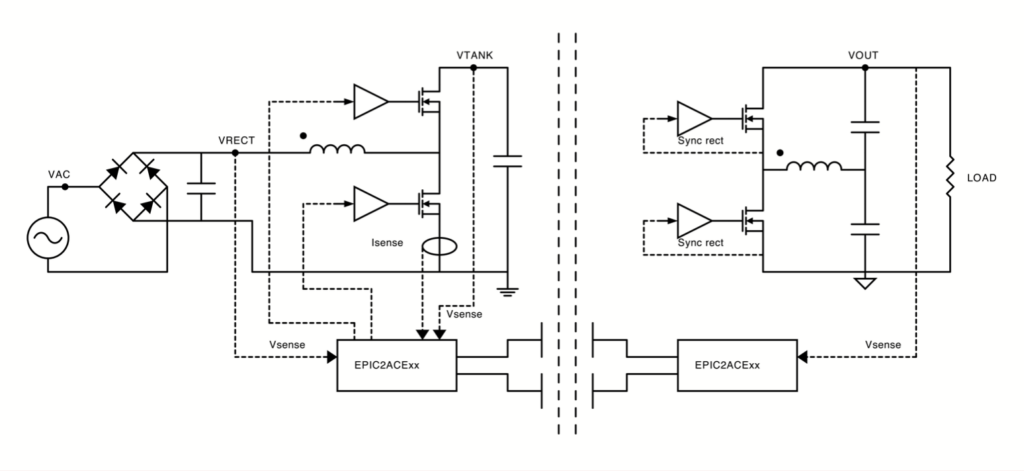New power transfer technologies for the wireless charging of e-bikes.
By Igor Spinella, Founder and CEO at Eggtronic.
As cities seek to shift short journeys from four wheels to two in order to reduce pollution, improve commute times, and enhance health, planners are turning to publicly owned e-bike and e-scooter fleets.
Here in the US, 170 cities have implemented light electric vehicle (LEV) schemes, with the Bureau of Transportation Statistics stating that roughly 9,000 docking stations have been installed to date. A similar picture can be seen in Europe and the rest of the world, with 40 million e-bikes and LEVs expected to ship between 2019 and 2026.
In many cases, LEV networks rely on people actively connecting the charger, and it doesn’t take much Googling to discover complaints about flat batteries. Additionally, traditional corded chargers are fragile and subject to wear, mainly because of weather conditions. The result is that, after a while, LEV charging slots and their fleets become unusable. This is why wireless charging represents a vital step in ensuring confidence in these systems. Charging interoperability is also a key priority for technology companies and urban planners who don’t want to replace infrastructure when they upgrade their bikes.
One such universal wireless charging system, billed as a US-first, was recently rolled out in Amsterdam, NY. Reference designs and evaluation platforms, such as the 30W evaluation board recently launched by Eggtronic, enable these systems to be brought to market more easily.
The Eggtronic board is effectively a reference design that eliminates the need for external adapters and supports CC/CV battery charging, all while achieving overall efficiency exceeding 82% (from the AC input on the transmitter side to the DC output on the receiver side) and above 91% DC-to-DC/ coil-to-coil efficiency at 30W. The Eggtronic design also incorporates advanced safety features, such as foreign object detection, overpower protection, andshort circuit protection.
Wireless charging for e-bikes
Most people associate wireless charging with smartphones and the Qi wireless power standard, which was introduced by the Wireless Power Consortium (WPC) in 2009 to enable inductive charging for such devices. Initially, Qi supported only low power transfers of up to 5W. Over the years, however, Qi has evolved to support higher power levels and adaptations, such as the LEV standard mooted, and today’s cutting edge inductive wireless charging technologies enable power ratings up to 300W. This makes them more than suited to applications such as e-bikes, which require only a fraction of this.

Efficiency and safety
Advanced materials science is one of the keys to enabling these increases in power delivery, with gallium nitride (GaN) FETs playing a critical role. Indeed, enhancing efficiency becomes even more important as power levels increase, and simplicity is one of the keys to enhancing efficiency: the more conversion stages, the lower the efficiency. This has a knock-on effect, reducing heat build-up while also enabling faster charging times. That’s why designs that reduce stages and components—such as that shown in Figure 1—are particularly attractive.
Summary
E-bikes and LEVs are playing a critical role in cutting cars from our city streets, but this can only happen at scale if charging no longer relies on people having to physically plug the bikes to the charging network. In short, wireless charging needs to become ubiquitous.

